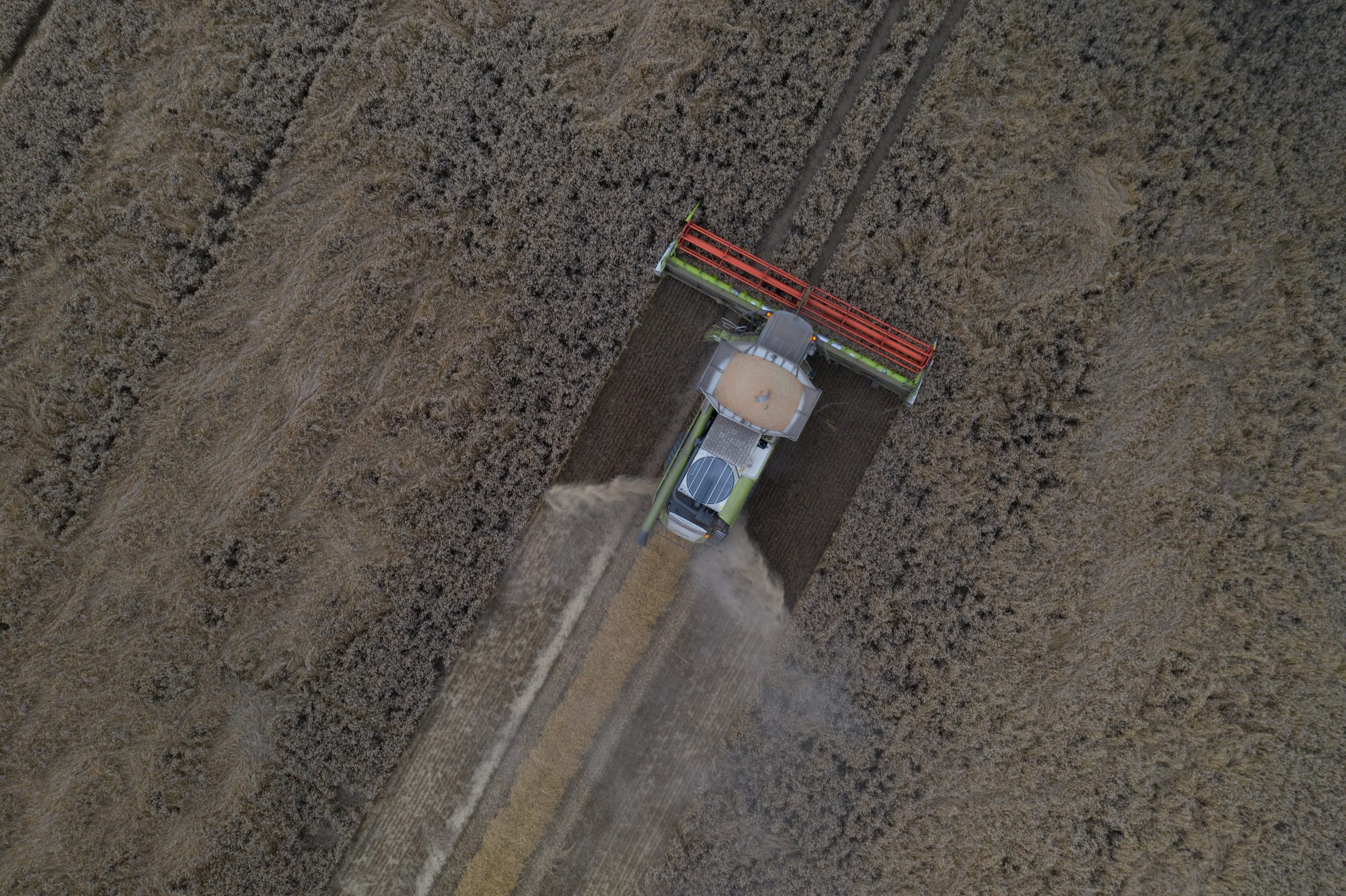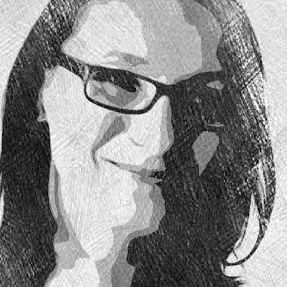
SatAgro: Space technologies for small-scale farms.
– Innovation in agriculture is a serpent that eats its own tail.
That’s why a revolution must take place – says Przemysław Żelazowski, CEO of the start-up company SatAgro.
Przemysław Żelazowski is a scientist. His studies in Poland have provided him with an understanding of environmental conservation. During his doctoral studies at Oxford, he learned about the potential benefits of satellite-based monitoring. Working in Rome for the United Nations Food and Agriculture Organization introduced him to agriculture issues. Nowadays, he combines these experiences in his start-up SatAgro.
Together with Krzysztof Stopa (the head of the CTO research center in Poland), he created a product that allows even small-scale farmers to monitor their crops with satellite images and to make the switch to precision farming.

Your product is a satellite information system for farmers. In plain language, what is it exactly?
Przemysław Żelazowski:
It is an easy-to-use application for farmers that firstly gives them real-time information from satellite images about the status and the diversity of the crops in their fields. Then it provides instructions for agricultural machinery, e.g. how to fertilize or sow. To be clear, we don’t offer rigid solutions such as how many kilograms of fertilizer should be used for every part of the field. We offer a flexible tool which the farmer can easily customize in order to suit their situation. For example, if the agronomists see in that the first satellite images show that wheat is not growing so well in one section of the field yet is faring much better in another section, the farmer might prefer to concentrate their efforts on the weaker growth areas. That’s how they can subsequently fertilize this area of the field more intensively. But if it is too late in the season, then they are not likely to invest that much in the weakest part of the field. A way to do this is as follows: the farmer answers a few questions and based on this information, instructions can be made with our software which takes the various crop conditions into account. A dosage chart is created that is tailored to the specific requirements of the crops. These instructions are compatible with machinery that is being used. In certain cases, such as with John Deere equipment, agronomists are able to download data from a satellite, automatically create instructions for fertilizing multiple fields and send these by remote control to the machine’s terminal, all within a matter of minutes.
What problem does SatAgro resolve?
In the era of climate change, innovation in agriculture is like a serpent that eats its own tail. The Green Revolution in agriculture during the 2nd half of the 20th Century has resulted in a huge increase in efficiency. Yet conversely, there are plenty of adverse effects as well: soil degradation, chemical contamination, loss of biodiversity. There is a risk that biodiversity will be lost as a result of chemical contamination. There is also risk that the whole system is unstable, as the latest IPCC report points out. That is why we need new agrarian technologies. Precision farming is one such method. It enables farmers to optimize the dosage for their resources, e.g. fertilizers, pesticides or phytohormones, thereby reducing their environmental impact. However, I won’t hide the fact that this is only part of the solution to the challenges that agriculture is facing. This is what we can do to help and we do it very well, but the chemical composition of pesticides or crop properties are quite beyond our scope.

There are already companies on the market that use satellite images for monitoring crops. How are you different from your competitors?
First of all, we are good at automating all the processes and we have created a system that allows a great number of users to operate the system by remote control.
Secondly, we are open to working with small-scale farms, including with what we have mentioned above. Usually such technologies like ours are designed for farmers who have hundreds of acres of land. We also offer services for smaller farms, and we have prices that are more in line with mass production rather than exclusive rates. From one hectare upwards is the size of a field that can be monitored.
What are the biggest obstacles for the company?
Market education. When I talked to business owners in 2015 and showed them the prototype, I came across as a loony from outer space. Now it’s gotten much better. Farmers are already more familiar with these technologies and they are more comfortable with them. We have more and more competition, which also serves to educate the market. At the moment, we’ve got no complaints about the number of people who want to get on board.
What have been the best moments so far?
When we signed the first contracts. It was a great feeling after 1, 5 years of working on the programming to finally be able to present the prototype. And to hear from the CEO of a large farm that he never thought that something like this was possible – and that it was created by a Polish company too! This was a key moment, as we were all exhausted from our work. We got some great positive feedback and a huge boost from those first few customers.
What are your plans for the coming year?
First of all, we want to enter into the field of water management in a major way. We have been preparing our application for a long time now and the time has come this year for us to show it to the world. The second thing is that we are working with the support of the European Space Agency on a monitoring system which can be applied on a regional and national scale. It is crucial that we are able to quickly identify and respond to threats such as drought or frost. As far as our business operations are concerned, we are planning to enter new markets in those areas in the European Union and North America. Last year we devoted our time to preparing the SatAgro so that the service could easily be launched in other countries in the future. So, now we have to find customers there.
What do you want to achieve in the next 5 years?
In five years time we want our service to be widely available and to be known as a useful think-tank. We want to generate information quickly about what is happening to crops and how to manage them and be responsive. Personally, I want us to create tools that increase awareness of plant cultivation which forms the basis for our nutrition as well as our food security.

